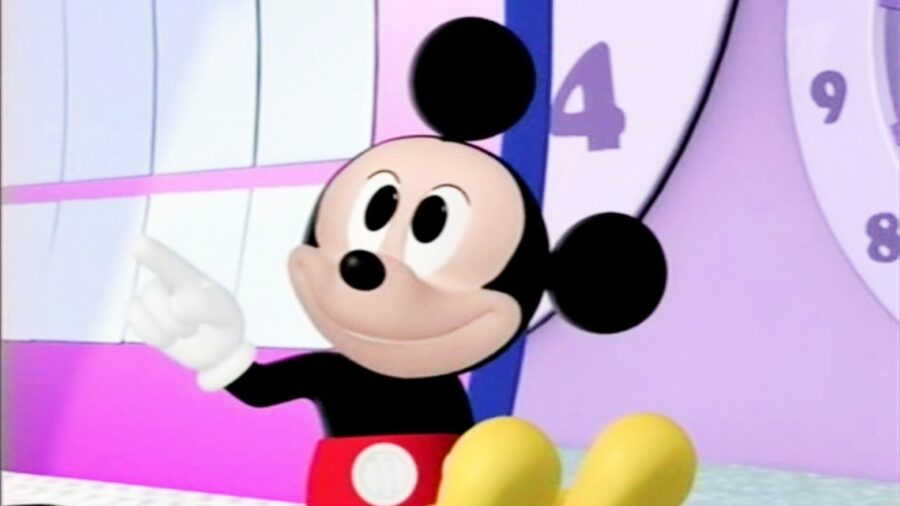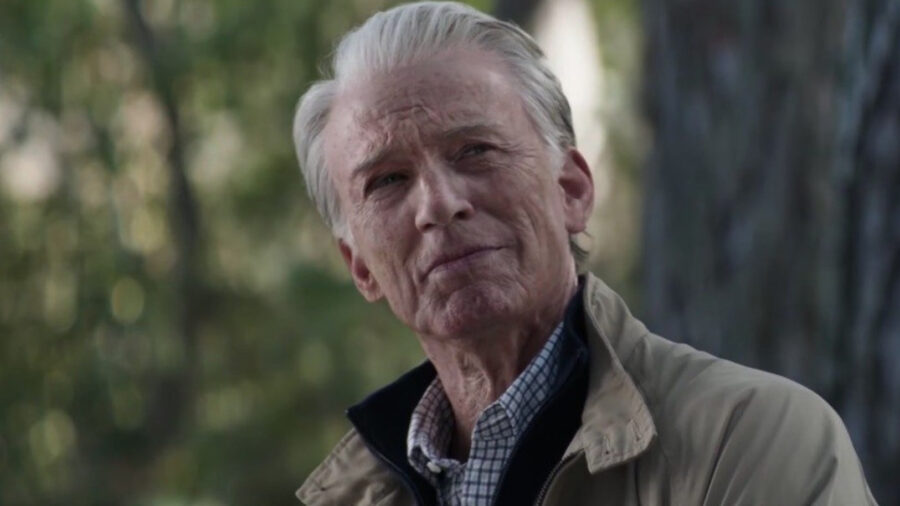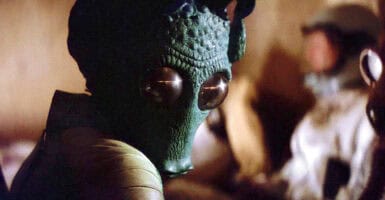Disney’s New AI Can Change The Age Of Any Actor

De-aging is a new rage in Hollywood; where production studios used to work hard to cast suitable actors to play younger versions of a star for the purpose of flashbacks, they now use computer technology to de-age the actor back to the appropriate age. From Robert De Niro in The Irishman, Robert Downey Jr. in the Marvel Cinematic Universe, Will Smith in Gemini, and Arnold Schwarzenegger in Terminator: Salvation, some of the biggest names in the business have seen the treatment. According to The Byte, Disney’s new AI program is simplifying the process by using a program that can automatically change the age of any actor.
The tool known as the Face Re-Aging Network, or FRAN, is not only capable of making actors appear younger but also able to appear older. So the technology that was used to make Robert Downey Jr. look younger in Captain America: Civil War is used to make Chris Evans older in Avengers: Endgame. The tool also promises to speed up the process that has been known to take weeks, making the post-production timeframe shorter and getting highly anticipated movies out faster.

The old process of re-aging a character before Disney’s AI involved a tedious procedure of painting each 2D frame of an actor’s face or replacing the actor with a puppet. While this seems to have worked well enough, they struggled with movement. With too much movement or an odd angle, the effect would begin to falter, and the face would lose its appearance, taking audiences out of the scene and ruining the image. Good examples of the flawed de-aging process can be seen in another MCU movie, Captain Marvel, where Samuel L. Jackson looked like a rubber toy through most of the movie, or in X-Men: The Last Stand when Patrick Stewart‘s flawless head looks jarringly like an egg.
The Disney AI tool overlays alterations, like wrinkles and spots, to areas of the face it detects that should be older or younger while leaving the remaining areas alone. It separates the layers of the process, so artists to tweak or add to the results by hand. This design process makes Disney believe that this tool is production ready, meaning it doesn’t have to be worked on to be utilized in each separate production.
But just like any intelligence working in the industry, the Disney AI had to be trained to accomplish its job, and engineers did so by creating their own database of thousands of randomly generated faces. Those faces were then altered manually to show the program how humans age and what could be extrapolated on a new face, creating the auto-generated aging technique.
But the process could be better, as FRAN is simply adding wrinkles to and from a face to make them older or younger, and if they aren’t careful, younger could create the same problem as Captain Marvel or X-Men: The Last Stand. It also has the age-old argument regarding labor in the industry. While it seems straightforward that people want an easier process to do their jobs, the old way taking weeks or months, provided a lot of jobs in the art industry that now could go by the wayside. For one of the biggest draws in the art industry, Disney’s AI could drastically change art, not necessarily in a good way.












